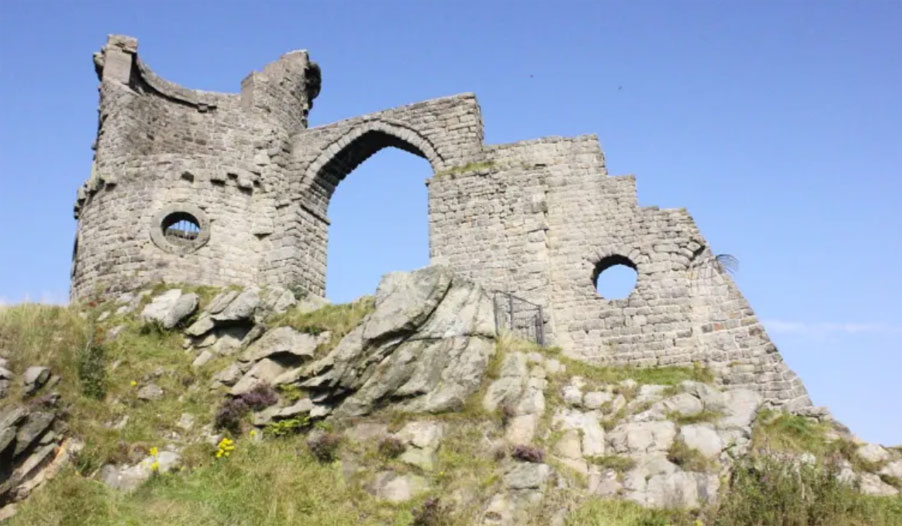Downton… Abbey?
Alice was always interested in history; she was a history major in college.
She was also an avid devotee of all things English, and knew all the minutiae of Victorian and Edwardian England; I picked it up along the way as well under her tutelage.
I remember one morning over breakfast we discussed the latest Kate Middleton news, and then the Scottish independence vote, which led to a discussion of the role of Scottish dissenters from the Anglican church in the industrial revolution.
That might seem kind of wacky to you, but for us it was all grand fun.
Since Alice was such a devoted Anglophile, our everyday speech was peppered with sly references nobody else probably understood. At times we used it as a secret code.
“Get a load of that woman’s dress!” Alice hissed one time when were having dinner at a restaurant. I looked over to see a woman in her 80s rocking a daring miniskirt.
“You mean the mutton dressed as lamb?” I replied, using the English snark for a woman dressed far too young for her age.
“Exactly.”
And so I can assure you that our watching of Downton Abbey was quite unlike yours. I got a running commentary about the customs and fashions of the era. “Oh, look, Lady Mary is wearing lavender now… she’s no longer in full mourning, she’s in half mourning.”
Such a glorious, glorious series, and I got all the lowdown from Alice on all the trivia of the period. She was in her element, enjoying the drama, the depiction of Victorian and Edwardian life, and flaunting her knowledge:
Servants would iron newspapers so the ink would set and not smear on his lordship’s hands.
The law of primogeniture dictated that estates would go to the eldest male heir on the death of the owner.
And a death in the family required full mourning dress, a very severe requirement of black crepe, followed later by a period of half-mourning, in which your manner of dress was still muted but not as austere.
One of the first things Alice explained for me while watching Downton Abbey was… why is it called Downton Abbey? There are no monks or nuns about.
Well, you can blame good old Henry VIII.
You remember King Henry… wanted to divorce his wife Catherine of Aragon to marry Anne Boleyn, but the Pope wouldn’t hear of it.
So he founded the Church of England, with himself as its head, and confiscated all the Catholic churches and monasteries in England for himself. This newly-minted Church of England was tickety-boo with Henry’s remarriage plans, of course.
It’s good to be the King.
Later he sold off most of these properties to the aristocracy to fund his fruitless and expensive wars against France and Scotland.
The aristocracy would build grand estates on their newfound property. A preexisting abbey or monastery might be razed, but was usually left alone to slowly deteriorate into picturesque ruins.
Sometimes, if the site wasn’t already graced with such old construction, fake monastic-looking ruins would be erected to give the place an air of mystery. These were called “follies.”
But either way, they usually kept the old name of the place. You know, sort of like how those of us who grew up in the country would refer to “the old Johnson place” despite the fact that old Mr. Johnson passed on several generations ago.
And that is why the fictional Downton Abbey has “Abbey” in its name though there is no abbey in sight.


